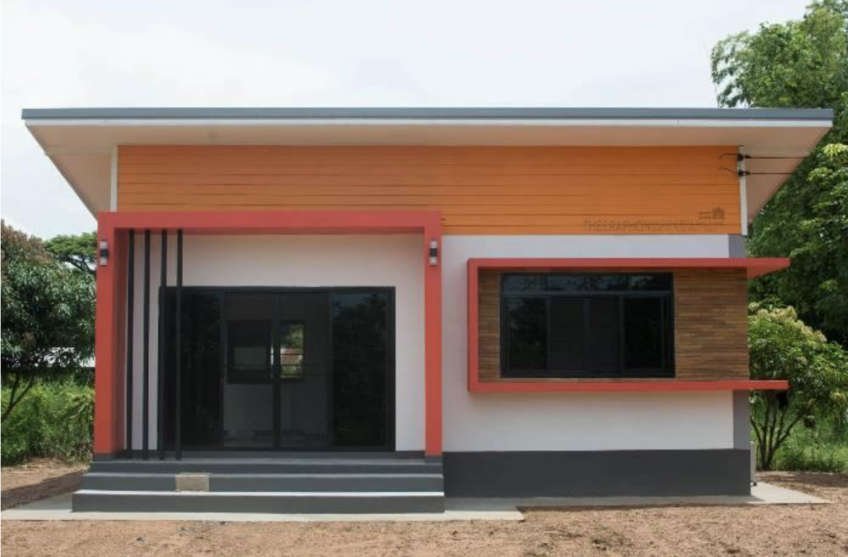

By Renee Langmuir
When I was in my fifties and intentionally changing my life, including my spouse and career, I had the habit of hanging meaningful quotes on the refrigerator for guidance. One of my favorites was from the English Author Rumer Godden, a prolific writer of 60 works of fiction and non-fiction, some of which were made into films in the mid-20th century. Ms. Godden spent a great part of her life in India, and this Indian proverb is attributed to her book, A House with Four Rooms:
“Everyone is a house of four rooms, a physical, a mental, an emotional, and a spiritual. Most of us tend to live in one room most of the time, but unless we go into every room every day, even if only to keep it aired, we are not a complete person.”
When I was working at the end of my career, I was living in the “mental” and the “emotional” rooms exclusively. That is why I hung the quote. My work at the university, where I placed teacher candidates in hundreds of classrooms each semester, seemed to block the entrance to the “physical” and “spiritual” rooms. It took all my worldly stamina and mental capacity to complete that task.
At that time, the “emotional” room didn’t really have a door, a lock, or any walls. The unpredictable needs of others, including my aging parents, young adult children, and confounding coworkers enveloped me and had me in an ongoing volley between the “mental” room and the shape-shifting “emotional” room.
In retirement, I am happy to report that I am more able to follow Rumer Godden’s advice. There are several reasons why I can now visit all four rooms, the first being the blessing of time. Although I’ve found that life in retirement is in no way a still, slow-moving river, removing a daily work routine allows for a much-needed respite from chaos and can facilitate a more accurate life perspective.
In fact, that perspective is nurtured daily in my morning spiritual practice. I subscribe to the National Cancer Institute’s definition of spirituality (minus the part about religious feelings). “Spirituality has to do with deep feelings and beliefs, including a person’s sense of peace, purpose, connection to others and beliefs about the meaning of life.” I have few regrets about the past, but I deeply regret not entering the “spiritual” room while I was working. A dedicated time in the morning for quiet reflection and reading carefully chosen inspirational writings could have greatly enhanced my frenetic working life. Fifteen minutes at the beginning of the day is the best bargain available for such riches.
I also visit this room quite frequently before I start my daily tasks. If there is a way to connect with a friend or family member by email, text, or phone, I prioritize these events before I get lost in the day. I frequently send “my people” books, links, photos, and other forms of encouragement and connection. These practices don’t get lost in the busyness of daily life, because I do them first.
In retirement, there is plenty of time to experience the “physical” room. I include such goodies as preparing high-quality healthy food, making the house cozy, wearing only comfortable clothes, and prioritizing gardening and nurturing houseplants. Physical exercise is usually a daily occurrence, with some leeway, but only the activities I enjoy. These items are non-negotiable, and they take up a good portion of my new “work week.”
I am also a frequent visitor to the “mental” room. A visit there is also part of my morning ritual. There are two newspapers to read, the New York Times puzzles to do with my husband and a daily Sudoku. Writing essays and reading my beloved Book Club selection is usually completed in that same “mental” room. This room is so much more diverse than it was during my working years. Narrowly focused on education in the past, I’ve had to build out a large addition!
Fortunately, my “emotional” room now has boundaries. Time spent in the “spiritual” room has taught me that I have the solitary key to this room. Once I installed the door and the lock, and put up walls, I found that there were far fewer marauders paying surprise visits. The “emotional” room is still my least favorite place to be, but I recognize that the terrain will always be changing, as this is a fundamental component of being human. Instead of immediately feeling unwelcome emotions, I am able to observe and not immediately react.
Spending time in all my other rooms is how I train to be there.
No matter where you are in your life, still working or retired, I hope you can do a realistic assessment of “your four rooms”. HGTV won’t be of much use. Where do you think you need to remodel and spend more time?
Renee Langmuir has been an educator for 34 years in Pennsylvania public schools and as Director of Student Teaching at a local university. Several years ago, there was a perfect alignment of personal, family, and work-related issues which resulted in a very abrupt and unplanned retirement. Because the teaching of writing to children was a lifelong passion, and professional writing was always part of her job description, Renee decided to chronicle the transition from the world of work to the world of retirement in a series of personal essays. As each challenge arose, research was done, and an essay was penned. These musings are now housed on the website, www.therookieretiree.com, for the benefit of the growing cohort of the newly retired. Renee is the mother of two adult children and lives with her husband in Chadds Ford, Pa. Besides writing, she spends her spare time as both a livestock and garden volunteer.